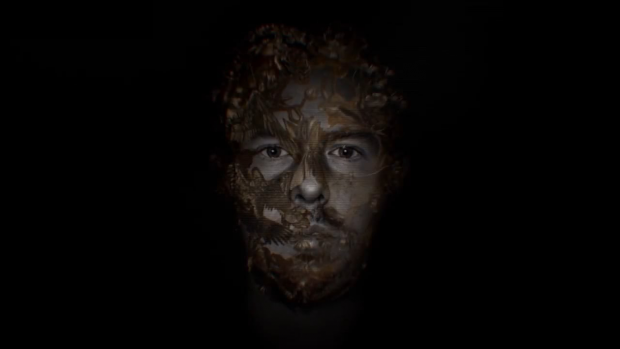
In his short time Lee Alexander McQueen showed himself to be one of the most influential designers of the past century. He earned four British Designer of the Year awards and a posthumous exhibition of his work, Savage Beauty, was one of the Metropolitan Museum of Art’s most popular exhibits. McQueen accesses footage from McQueen’s life, as well as interviews from friends, family, and collaborators to tell the story of this genius of couture. DAVID O’CONNELL spoke to directors Ian Bonhôte and Peter Ettedgui about what it was like trying to capture a savage beauty.
What made Lee Alexander McQueen so influential as a designer?
Ian: Peter and I would never qualify ourselves as knowledgeable in the fashion industry, but Lee created so much so quickly, it was so intense. Then he died so tragically and so on, it only took a few years for people to look back at the extent of his work and realise the influence he had on the fashion industry. Many Fashion designers have influence by the number of silhouettes they create. Yves Saint Laurent, Dior, Chanel – they’ve created two or three silhouettes. I can count five… maybe six… that Lee has created. I think Lee is one of the greatest designers. Creatively, he took inspiration from everywhere – his own life, movies, darkness… and he put them on the catwalk.
You’ve previously used the term “angels and demons” when addressing Lee’s relationship to his work, what do you mean by that?
Peter: He mined his life. I don’t think many people do that because fashion is such aesthetic industry. What Lee did was say I’m going to look at ugliness and death. I’m going to reflect the world as I see it, as I experienced it. Which is an approach that would be successful for an artist or a sculptor, or a filmmaker. It is not something you readily associate with fashion. The demons with already addressed, there was abuse in the family, there was abuse he suffered, there was the fact that he was a misfit at home-growing up a young gay in a very patriarchal family. The angels was his incredible sense of beauty. Lee drew inspiration from all periods of art and history, he was excited for what was going on.
Was it difficult to choose the collections that served as anchors for the five chapters you divide the film into?
Peter: It was very easy, we were looking for something specific. They had to reflect his experience and be pivotal points of his career and life. Very early on we knew we were going to have his debut show at St Martins (where Isabella Blow First saw his work) we had to do his last show. The three show in between…they kind of picked themselves. But we never said we’d limit ourselves to five shows. Those other shows we used to express smaller moments in his life other than those chapters.
Of course that grand cinematic feel of your documentary is certainly helped by having a Michael Nyman score. How did that eventuate?
Peter: While we were doing our initial research Michael Nyman’s name kept popping up. We found that Lee loved The Piano, and played the music constantly, and we found that Nyman had played music at McQueen’s memorial service. When he saw a horribly rough cut very early on he was interested in putting his name to this project.
He had a piano piece that he had composed for a McQueen show that had never been used. We thought that should be in the score.
We love editing to music, so working with pre-existing music was incredibly helpful to us. To work with Michael and to work with some of the themes that inspired Lee. Music of his that few people had heard, Nyman said what he loved about the film was it was not just a portrait of Lee, but of his own life.
What was it like approaching family, friends and co-workers of Lee for interviews?
Ian: Very difficult. The project started quite quickly. Initially there was a hundred percent rejection to interviews. What you have to understand is there’s a lot of salacious and scandalous things written about Lee, things that family and friends were not a hundred percent happy to share. We approached very cautiously, we took our time with people. By looking at his work and his shows, and then looking at his life it gave us an artistic… weapon… to start asking questions. As Lee said, if you want to know me, look at my work.
When you are interviewing people, you are not just making a movie about Lee, you are making a movie about a window In their life. Their experience with Lee was very intense. All of their lives changed. For some it was a good things, others it was a detriment to their lives.
Plus you need to be extremely brave to come in for three to four hours at a time, and face cameras while someone asks detailed questions about a period of your life. You’re offering up a bit of your soul. Peter and I cant’ thank people enough for sharing those memories and emotions. That’s what makes the film very powerful – the impact of McQueen.